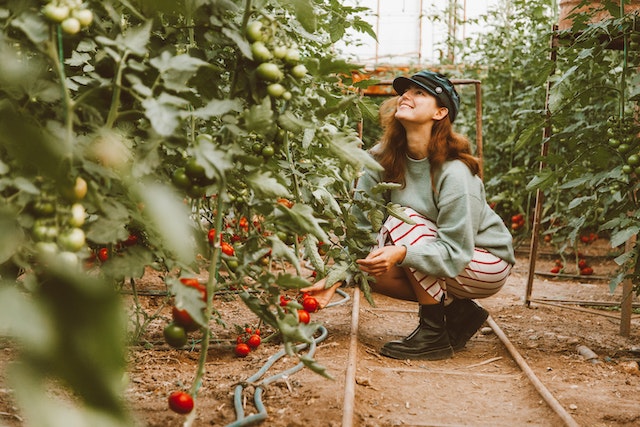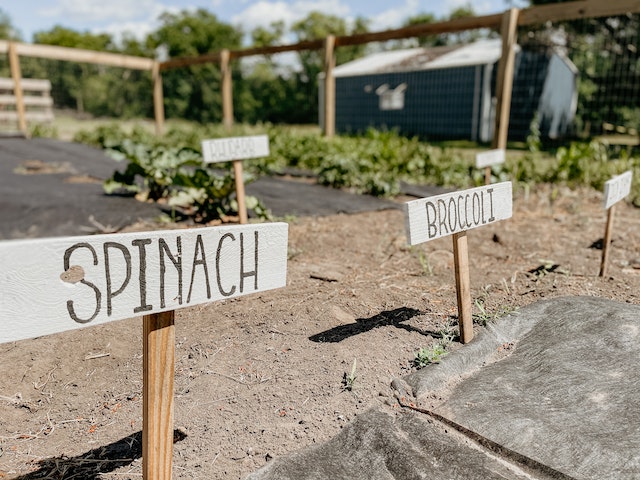
Every year, on that last day of winter the sun melts the last bits of snow and heats the ground so much that you can literally smell how fresh and earthy it is. Even those who have never gardened before suddenly feel the need to get their hands dirty and plant something when the grass begins to turn greener and the spring showers begin to fall.
Greater Cleveland's gardening experts are prepared and ready to assist individuals with an enthusiastic green thumb find their starting point. They have fresh veggies and herbs as well as annuals and perennials in a rainbow of flowers. According to gardener Sandi Cesorov of the Holden Arboretum, the best time to start indoor sowing for fruit and vegetable gardens is in March, specifically between March 1 and 15.
There are many things you can do to get the soils, flower beds, and seedlings ready for the spring and summer even if the Northeast Ohio growing season doesn't officially begin for another several weeks.
Every year, on that last day of winter the sun melts the last bits of snow and heats the ground so much that you can literally smell how fresh and earthy it is. Even those who have never gardened before suddenly feel the need to get their hands dirty and plant something when the grass begins to turn greener and the spring showers begin to fall.
Greater Cleveland's gardening experts are prepared and ready to assist individuals with an enthusiastic green thumb find their starting point. They have fresh veggies and herbs as well as annuals and perennials in a rainbow of flowers. According to gardener Sandi Cesorov of the Holden Arboretum, the best time to start indoor sowing for fruit and vegetable gardens is in March, specifically between March 1 and 15.
There are many things you can do to get the soils, flower beds, and seedlings ready for the spring and summer even if the Northeast Ohio growing season doesn't officially begin for another several weeks.













